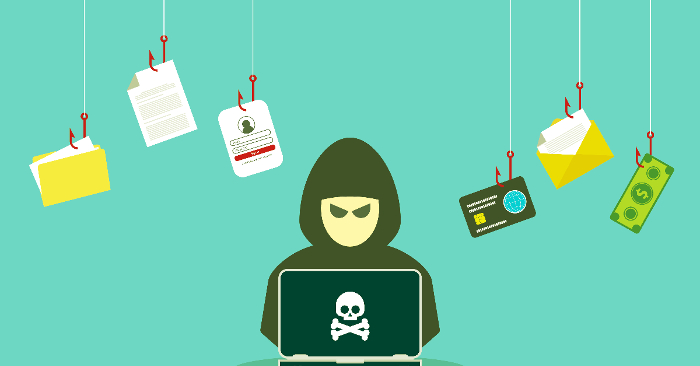Cybercriminals continue to increase their use of spear phishing attacks, and organizations must take steps to protect against them or risk losing sensitive data.These highly personalized cyber attacks include a hacker studying their target and creating a message that's made to impersonate a trusted colleague or business to steal sensitive information, which is used to commit crimes like fraud and identity theft.
Spear phishing attacks are dangerous because they are a means of avoiding protective software for traditional email information, the report states. They do not need to contain malicious URLs or attachments, but instead use methods such as spoofing and zero-day links, which are difficult to detect.

The most typical type of spear phishing attack surveyed by the report over a three-month period concerned brand impersonation (83%). Brand impersonation attacks by impersonating a well-known company attempt to obtain a victim's credentials and gain access to their account. Attacks such as these have been employed to grab personal information like credit and Social Security numbers. Microsoft and Apple are commonly impersonated brands for these attacks, the report stated.
Business e-mail compromise (BEC), also known as CEO fraud, is the second most common spear phishing attack type (11 ), according to recent findings by the report. Cybercriminals use these attacks to an executive and request a wire transfer or personally identifiable information from finance department employees or others.The amount that BECs contributed to losses has reached more than $12.5 billion, as cited in the F.B.I. report.
Best practices to avoid spear phishing
Using a combination of technology and training, it should prevent spear phishing attacks. Here are eight strategies that businesses should consider to avoid these attacks, as detailed in a recent report.
1. Take advantage of artificial intelligence (AI)
Discover a solution that protects your business from spear phishing attacks, such as those using Business Email Compromise (BEC) and brand impersonation, without including any malicious links or attachments. Machine learning tools can scan communication patterns in your organization and detect potential problems.
2. Don’t rely solely on traditional security
Email encryption that relies on blacklists for spear phishing and false identity detection may not withstand zero-day malware links found in numerous attacks.
3. Deploy account-takeover protection
Whenever an account might have been compromised, programs that use artificial intelligence have been used to detect and prevent spear-phishing attacks.

4. Implement DMARC authentication and reporting
DMARC authentication can prevent domain spoofing and brand hijacking, which are among the common techniques used in impersonation attacks.
5. Use multi-factor authentication
Additionally, multifactor authentication enhances the safety of a username and password scheme. It's an effect on information security.
6. Train staffers to recognize and report attacks
Establishing and adhering to spear phishing-attack detection training should be part of any security awareness plan. Companies can use phishing simulations for emails, voicemails, and text messages to train users to recognize them, as well. Businesses also need to have procedures in place for confirming any monetary requests that come through email.
7. Conduct proactive investigations
Since spear phishing attacks are so customized, workers might not always recognize or report them. Companies should conduct regular searches to detect emails with content known to be common among hackers, including subject lines relating to password changes.

8. Maximize data-loss prevention
Firm policies and technology solutions should be combined to ensure that confidential information is not leaked through emails.
Considering all this, spear phishers usually target highly sought-after information like user passwords, credit card numbers or bank account information. In this attack, the attacker sent emails to university employees that appeared to be from university IT. The emails contained links to a malicious website designed to look identical to the university's official website. Once inside the malicious website, the attackers collected usernames, passwords and social security numbers of employees.